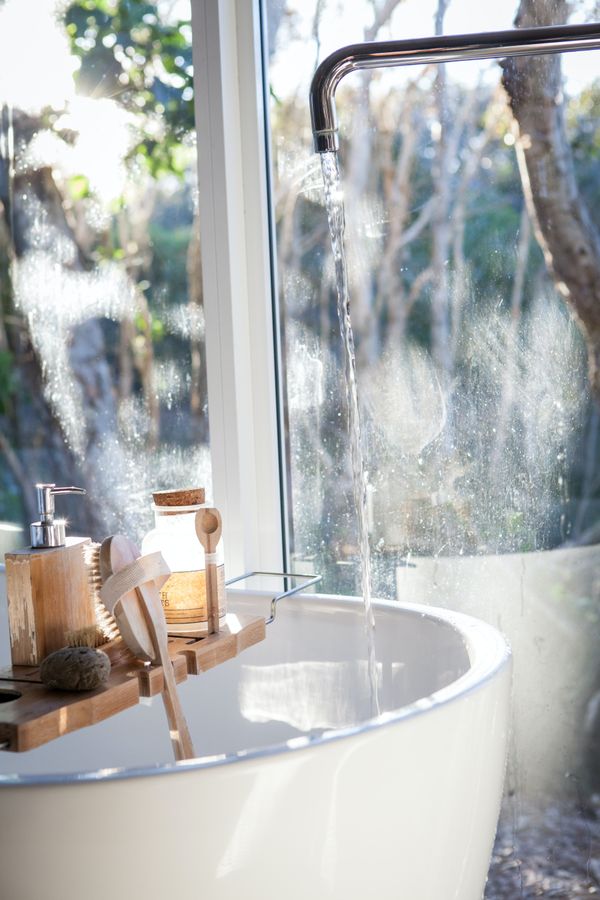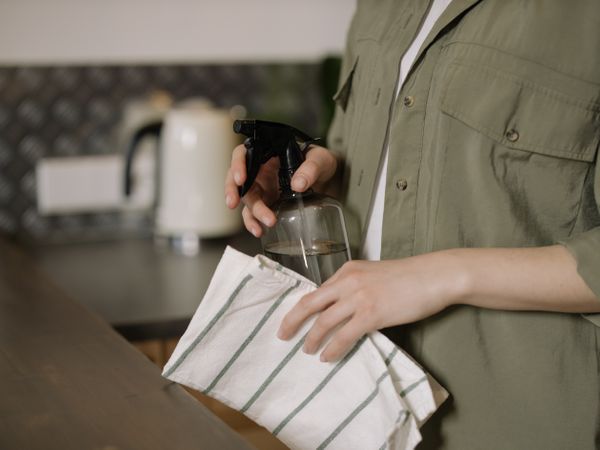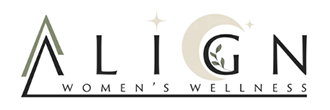Clean Living
One step at a time
Clean Living is the concept of being aware of what you put into your body, on your body and in your environment. The concept should not scare you, shame you or make you feel overwhelmed, rather it is an opportunity to grow, learn new things and improve your health & wellness at your own pace.
You might even want to do it in stages, focusing on your food and diet first, then considering the products that you use, and last your environment/home.

Food
Everyone has a different makeup, and one diet is not right for everyone. But we do know that it is best to eat organic when possible, as well as antibiotic free. By eating organic, you are reducing the amount of pesticides you consume, as well as GMO’s (genetically modified organisms), and avoiding artificial colors, and preservatives. You are also gaining more vitamins, minerals, enzymes and micronutrients, and reducing your risk of cancer.
On a wider scale, when you eat organic you are also contributing to a better food future based on consumer demand. You are protecting water streams from toxic runoff, GMO contamination of crops, and reducing sewage sludge which is the transfer of heavy metals and pollutants to our soil. In addition, organic farming is working towards fewer greenhouse emissions, increasing pollinators to protect bees for farm workers, and climate change by supporting healthy soil which counteracts climate change by pulling carbon out of the atmosphere.
Celiac disease is an allergic reaction to gluten that damages the small intestine. It only affects 1% of our population, 4% of the population is fully gluten free for dietary reasons and 10% limit their gluten intake. Although the testing is not really there, some say that potentially 50% of our population could show a gluten sensitivity. You can also gain a gluten intolerance later in life after a severe trauma, illness, birth. Stress can trigger an intolerance for someone that carries the genes for it. Food is medicine, and it should be one of the first things we look at if we are not feeling our best, not the last.

Personal Care Products
The U.S. has banned 11 chemicals in personal care products, while other countries have banned up to 1900 chemicals. As if that stat wasn’t alarming enough, there are 80 countries that have stricter cosmetic safety standards then the U.S. The first law was put into effect in 1938 and there has not been any improvement in U.S. regulations since then. We wish it wasn't this way, but the truth is that you need to advocate for your health and wellness. You can start by making a change to read labels and avoiding the dirty dozen.
BHA & BHT: are preservatives found in lipsticks and moisturizers.
Coal Tar Dyes: are used as a colorant in eye shadows, and hair dye. They are labeled as P-phenylenediamine or CI followed by a 5-digit number.
DEA: is found in shampoos, soaps and cleansers.
DBP: is found in nail polish.
Formaldehyde-Releasing Preservatives: These may also be labeled as DMDM hydantoin, diazolidinyl urea, imidazolidinyl urea, methenamine, quaternium-15, and sodium hydroxymethylglycinate.
Parabens: are found in 75-90% of cosmetics. They are used as a preservative. These are easily absorbed through the skin and may potentiate breast cancer.
Parfum: is sometimes listed as Fragrance. According to the FDA, Fragrance can be classified as a trade secret and therefore its specific ingredients do not need to be disclosed.
PEG Compounds: are used as thickeners in cream-based cosmetics.
Petrolatum: also called mineral oil jelly, is used to lock in moisture on the skin.
Siloxanes: can be found in cosmetics, deodorants, moisturizers, and facial treatments.
SLS: makes products sudsy and foamy. It can be found in cleansers, shampoos, and shower gels.
Triclosan: is an antibacterial agent. In 2016, the FDA banned triclosan from use in antibacterial soaps and hand washes, but it may still be found in other cosmetics including toothpaste, shave gel, deodorant, lotions, and shampoo.

Home Products
Your home is another area to focus on when considering clean living. We are not only referring to a clean, organized home but also the types of products that you clean with...
Perchloroethylene or “PERC”: is found in spot cleaners and carpet and upholstery cleaners.
Triclosan: is found in antibacterial dish soaps.
Quarternary Ammonium Compounds, or “QUATS”: are found in fabric liquids and sheets.
2-Butoxyethanol: is used in window, kitchen and multipurpose cleaners.
Ammonia: is most commonly found in glass Cleaner
Chlorine: is present in toilet bowl cleaners, mildew removers, scouring powders and laundry whiteners.
Sodium Hydroxide: is in oven cleaners and drain openers.
Phthalates: are found in fragranced products such as air fresheners, candles, and soaps.
It may seem overwhelming, but once you find your trusted brands, you will feel and be much healthier! You will also want to consider filtering your water, investing in non-toxic pans, fragrance free candles or ones that use clean soy and essential oils.
You do not have to figure this all out on your own. We have created a Clean Boutique where you can shop products that are safe, transparent, and conscious of our planet and future.
